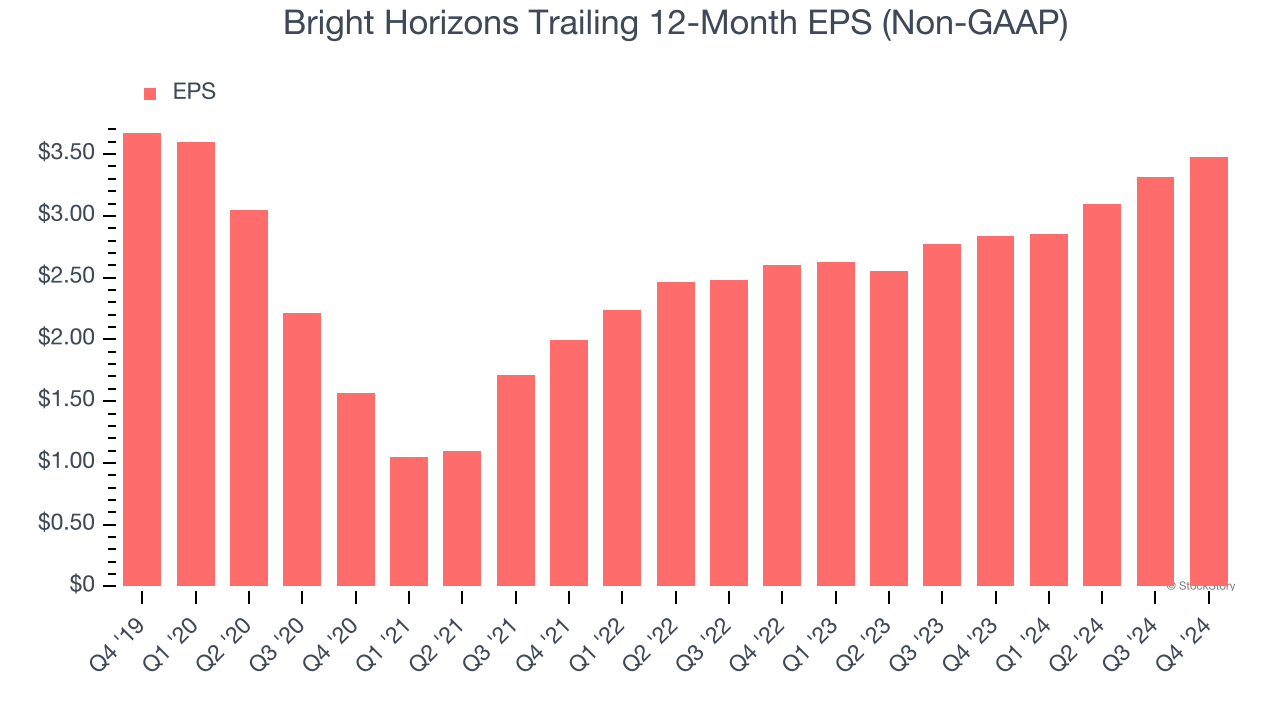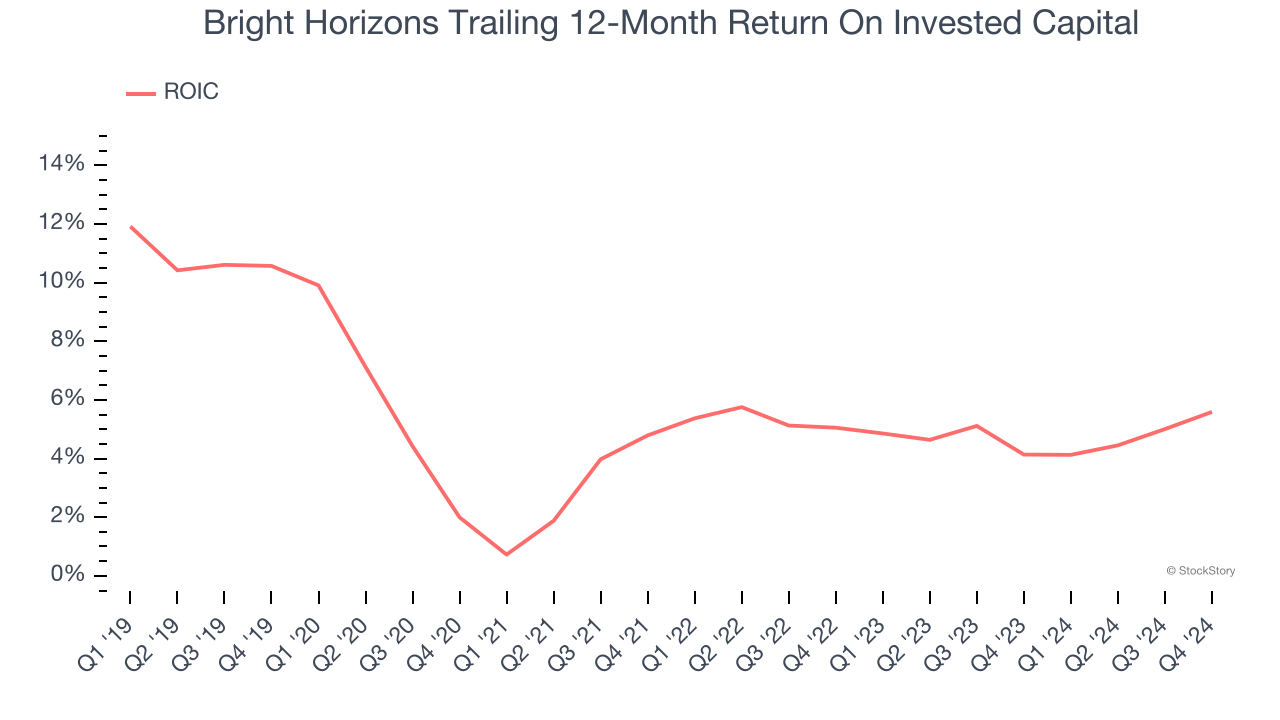
Although the S&P 500 is down 4.1% over the past six months, Bright Horizons’s stock price has fallen further to $126.40, losing shareholders 9.8% of their capital. This may have investors wondering how to approach the situation.
Is now the time to buy Bright Horizons, or should you be careful about including it in your portfolio? Get the full breakdown from our expert analysts, it’s free.
Even though the stock has become cheaper, we don't have much confidence in Bright Horizons. Here are three reasons why there are better opportunities than BFAM and a stock we'd rather own.
Why Do We Think Bright Horizons Will Underperform?
Founded in 1986, Bright Horizons (NYSE:BFAM) is a global provider of child care, early education, and workforce support solutions.
1. Slow Organic Growth Suggests Waning Demand In Core Business
Investors interested in Education Services companies should track organic revenue in addition to reported revenue. This metric gives visibility into Bright Horizons’s core business because it excludes one-time events such as mergers, acquisitions, and divestitures along with foreign currency fluctuations - non-fundamental factors that can manipulate the income statement.
Over the last two years, Bright Horizons’s organic revenue averaged 13.8% year-on-year growth. This performance slightly lagged the sector and suggests it may need to improve its products, pricing, or go-to-market strategy, which can add an extra layer of complexity to its operations. 
2. EPS Trending Down
Analyzing the long-term change in earnings per share (EPS) shows whether a company's incremental sales were profitable – for example, revenue could be inflated through excessive spending on advertising and promotions.
Sadly for Bright Horizons, its EPS declined by 1.1% annually over the last five years while its revenue grew by 5.4%. This tells us the company became less profitable on a per-share basis as it expanded.

3. Previous Growth Initiatives Haven’t Impressed
Growth gives us insight into a company’s long-term potential, but how capital-efficient was that growth? A company’s ROIC explains this by showing how much operating profit it makes compared to the money it has raised (debt and equity).
Bright Horizons historically did a mediocre job investing in profitable growth initiatives. Its five-year average ROIC was 4.3%, lower than the typical cost of capital (how much it costs to raise money) for consumer discretionary companies.

Final Judgment
We cheer for all companies serving everyday consumers, but in the case of Bright Horizons, we’ll be cheering from the sidelines. After the recent drawdown, the stock trades at 31.8× forward price-to-earnings (or $126.40 per share). This valuation tells us it’s a bit of a market darling with a lot of good news priced in - we think there are better opportunities elsewhere. We’d suggest looking at one of Charlie Munger’s all-time favorite businesses.
Stocks We Like More Than Bright Horizons
The Trump trade may have passed, but rates are still dropping and inflation is still cooling. Opportunities are ripe for those ready to act - and we’re here to help you pick them.
Get started by checking out our Top 5 Strong Momentum Stocks for this week. This is a curated list of our High Quality stocks that have generated a market-beating return of 175% over the last five years.
Stocks that made our list in 2019 include now familiar names such as Nvidia (+2,183% between December 2019 and December 2024) as well as under-the-radar businesses like Comfort Systems (+751% five-year return). Find your next big winner with StockStory today for free.
